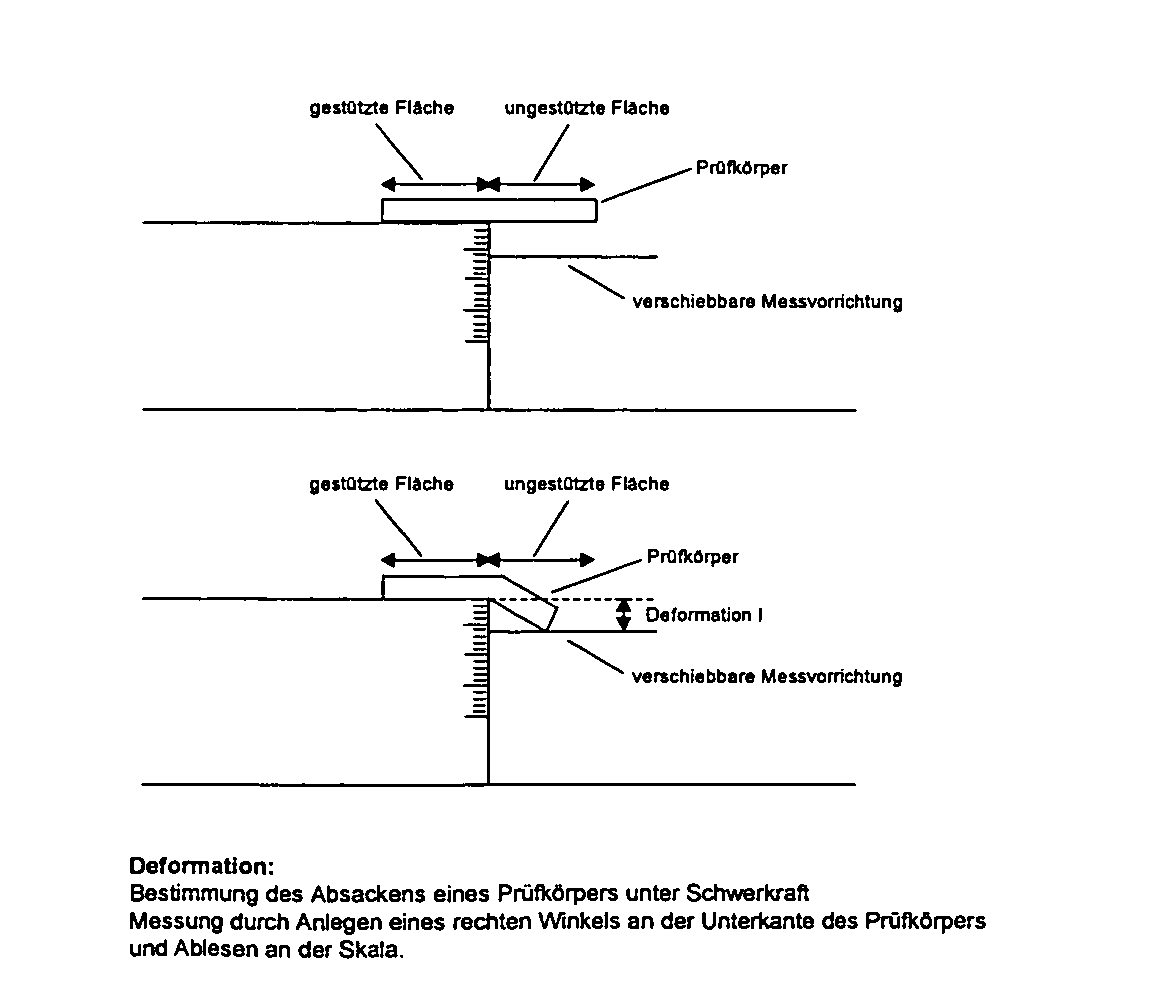Condensation-crosslinked dental material hardening to dimensionally stable casts
a crosslinked, dental material technology, applied in dental prosthetics, dental impression caps, dentistry, etc., can solve the problems of toxicologically objectionable organic tin compounds as catalysts, hardened vulcanizates/casts from these dental materials tend to lose their original shape, and tend to melt down, so as to reduce intermolecular interactions, reduce the viscosity caused by polyether additives, and achieve the effect of less intermolecular interactions
- Summary
- Abstract
- Description
- Claims
- Application Information
AI Technical Summary
Benefits of technology
Problems solved by technology
Method used
Image
Examples
example 1
Pursuant to the Invention
[0155] (Preparation of a dimensionally stable vulcanizate / cast of a dental impression material based on alkoxysilyl-functional and / or hydroxysilyl-functional polyethers by adding ethylenediaminetetraacetic acid as acidic compound d) to the base component A)
Preparation of Catalyst Component B
[0156] 2.80 parts of a salt of 1,9-diazabicyclo[5.4.0]undec-7-ene and 2-ethylhexanoic acid was dissolved in 5 parts of deionized water (Ampuwa, pH 5.8). The salt solution was mixed in a vacuum mixing flask with 36 parts of polypropylene glycol with a molecular weight of 4,000 g / mole, 51 parts of aluminum hydroxide with an average particle size of 13 μm and a BET surface area of 1 m2 / g, and 5 parts of a silica gel with a BET surface area of 130 m2 / g, for 5 minutes. The mixture was then homogenized by mixing for 30 minutes longer under vacuum.
[0157] A semifluid material (ISO 4823) was obtained that represents the catalyst component B of the impression material pursuant...
example 2
Pursuant to the Invention
[0168] (Preparation of a Dimensionally Stable Vulcanizate / Cast of a Dental Impression Material Based on Alkoxysilyl-Functional and / or Hydroxysilyl-Functional Polyethers by Adding Ethylenediaminetetraacetic Acid to the Base Component A) as Acidic Compound d)
[0169] The procedure analogous to Example 1 was followed, with the amount of ethylenediaminetetraacetic acid being reduced to 0.56 part.
[0170] The vulcanizates / casts obtained were dimensionally stable after storage for two weeks at 60° C. or for 3 months at room temperature.
[0171] Surprisingly, the storage stability of the base component A is not impaired by the addition of ethylenediaminetetraacetic acid, in other words neither premature crosslinking nor viscosity increase occurs during the time of storage.
[0172] The applied characteristics of the material obtained in Example 2 are summarized in Table 1. The effect of the acidic compound used pursuant to the invention on the setting time measured by ...
example 3
Pursuant to the Invention
(Preparation of a Dimensionally Stable Vulcanizate / Cast of a Dental Impression Material Based on Alkoxysilyl-Functional and / or Hydroxysilyl-Functional Polyethers by Adding Barbituric Acid to the Base Component A) as Acidic Compound d)
Preparation of Catalyst Component B
[0173] The catalyst component from Example 1 was used as catalyst component B.
Preparation of Base Component A
[0174] The base component from Example 1 was used as base component A, with 0.28 part of barbituric acid having been used instead of ethylenediaminetetraacetic acid.
Mixture of Catalyst Component B and Base Component A
[0175] One part of the previously described catalyst component B and 5 parts of the base component A prepared according to the above instructions were mixed homogeneously in each case and hardened, using an electric dispenser for foil bags (Plug & Press System, Kettenbach GmbH & Co. KG) through a dynamic mixer (Kettenbach GmbH & Co. KG).
[0176] Dimensional stabili...
PUM
| Property | Measurement | Unit |
|---|---|---|
| temperature | aaaaa | aaaaa |
| storage temperature | aaaaa | aaaaa |
| storage temperature | aaaaa | aaaaa |
Abstract
Description
Claims
Application Information
 Login to View More
Login to View More - R&D
- Intellectual Property
- Life Sciences
- Materials
- Tech Scout
- Unparalleled Data Quality
- Higher Quality Content
- 60% Fewer Hallucinations
Browse by: Latest US Patents, China's latest patents, Technical Efficacy Thesaurus, Application Domain, Technology Topic, Popular Technical Reports.
© 2025 PatSnap. All rights reserved.Legal|Privacy policy|Modern Slavery Act Transparency Statement|Sitemap|About US| Contact US: help@patsnap.com



